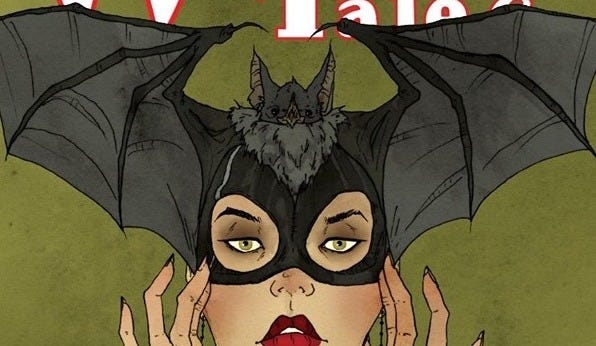It seems as if skinsuits are a popular past-time of OldPub writers who still haven't fled the old system. Even legacy magazines from the heyday of the pulp era aren't safe from crusaders injecting their tired politics into them, which a pulp fiction scholar noticed about Jonathan Mayberry’s revival of Weird Tales.
It's not as well known today, but Weird…
Keep reading with a 7-day free trial
Subscribe to Fandom Pulse to keep reading this post and get 7 days of free access to the full post archives.





